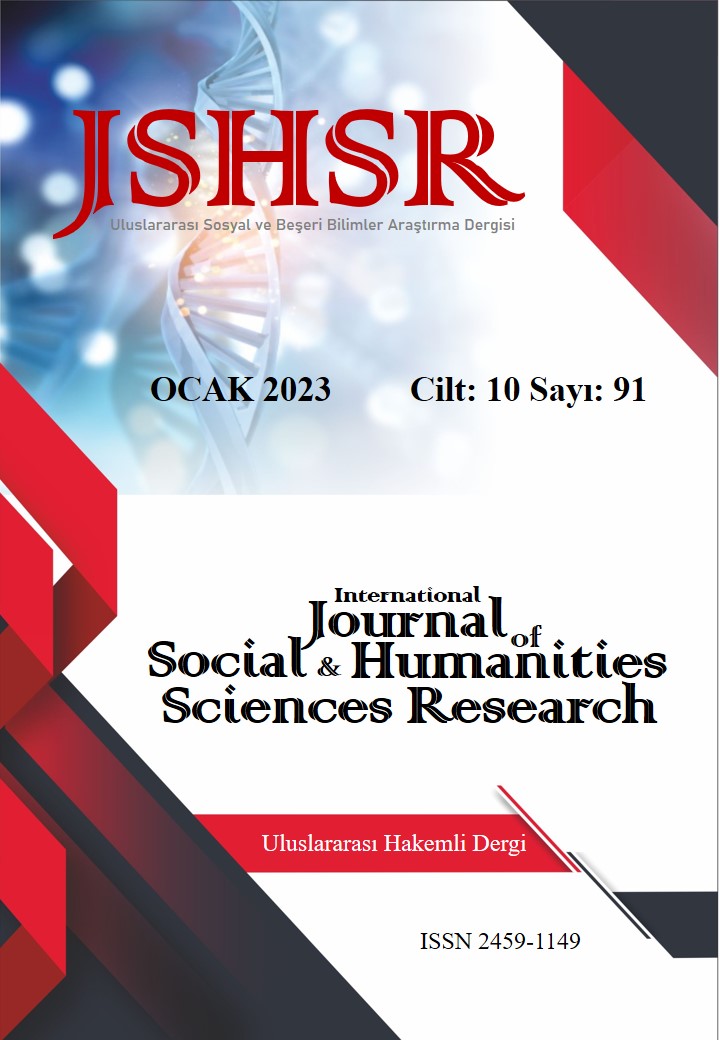DETERMINATION OF READING SPEED AND READING COMPREHENSION LEVELS OF VISUALLY IMPAIRED STUDENTS READING IN BRAILLE WITH AND WITHOUT ABBREVIATION OF FICTIONAL TEXTS
DOI:
https://doi.org/10.26450/jshsr.3429Keywords:
reading speed, Students with visual impairment, reading comprehension, Braille abbreviationsAbstract
The aim of this research is to determine whether there is a difference between the reading speed and comprehension levels of the fictional texts prepared with and without the abbreviations used by visually impaired students reading in braille. The descriptive method was used in the research. The research group consists of 139 students attending the Primary School for the Visually Impaired in the 2012-2013 academic year. As a result of the research, it was seen that students studying in schools for the visually impaired read texts written with abbreviations faster than texts written without abbreviations. In addition, when the number of misread words in abbreviated and non-abbreviated texts was compared, it was seen that they made more mistakes in abbreviated texts than in non-abbreviated texts. According to the results of the research, it is seen that the most mistakes made in abbreviated texts are syllable abbreviations and word part abbreviations. When the reading comprehension levels of the visually impaired students were compared, it was seen that all students gave more correct answers to the comprehension questions in non-abbreviated texts (66.8%) than to comprehension questions in abbreviated texts (60%).
Downloads
Published
How to Cite
Issue
Section
License
Copyright (c) 2023 INTERNATIONAL JOURNAL OF SOCIAL HUMANITIES SCIENCES RESEARCH

This work is licensed under a Creative Commons Attribution 4.0 International License.


